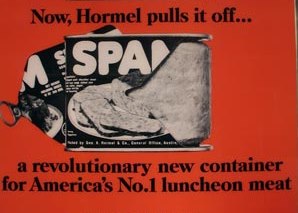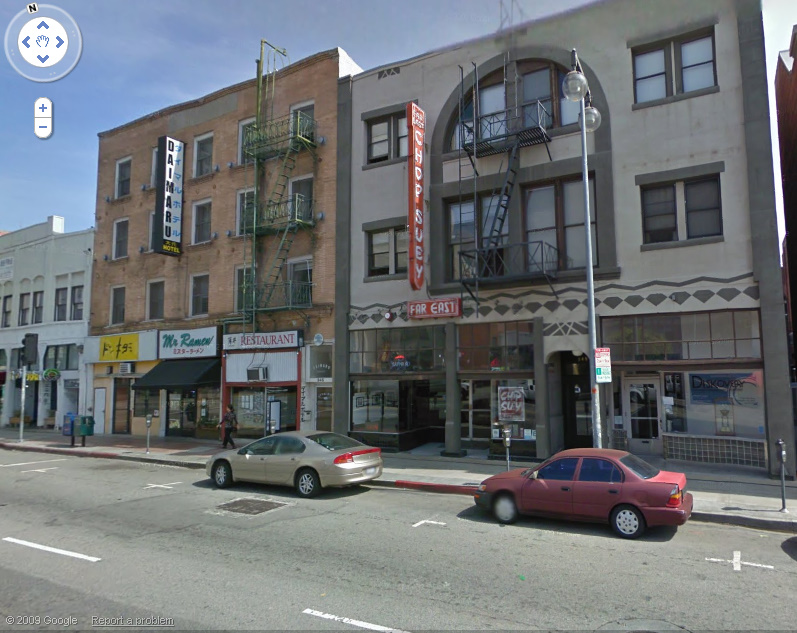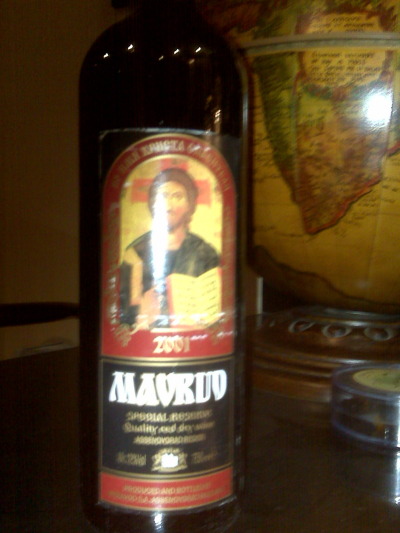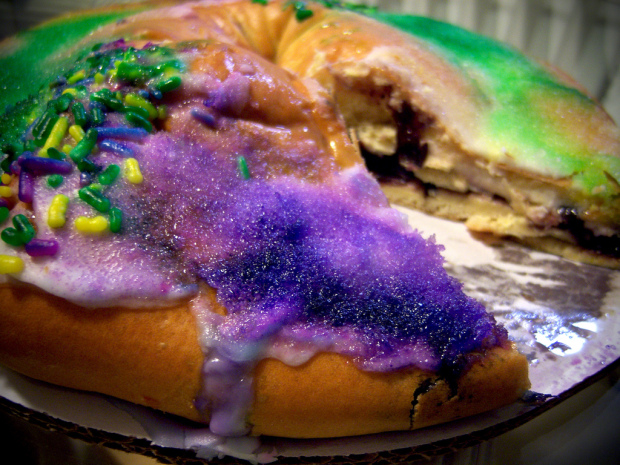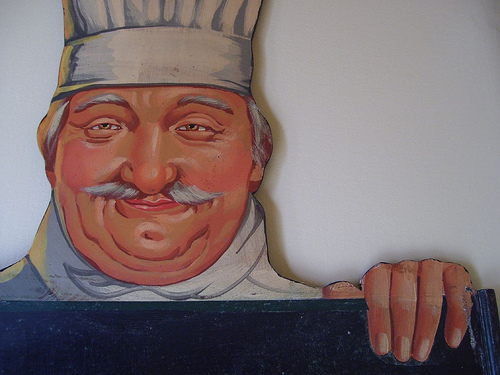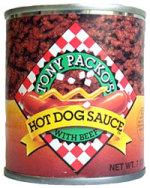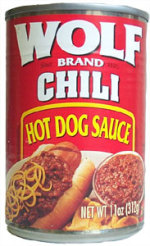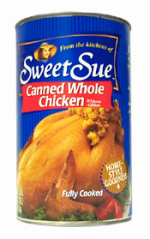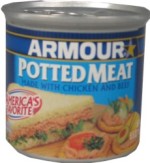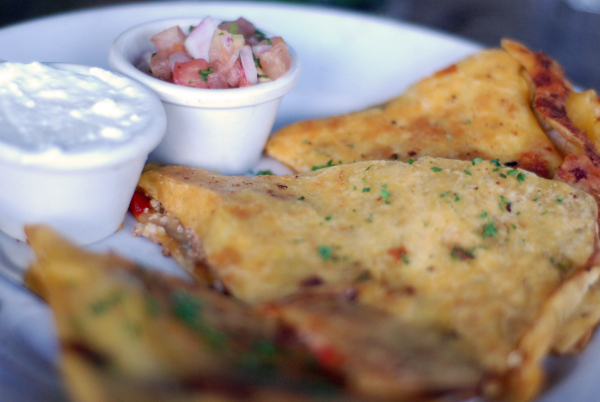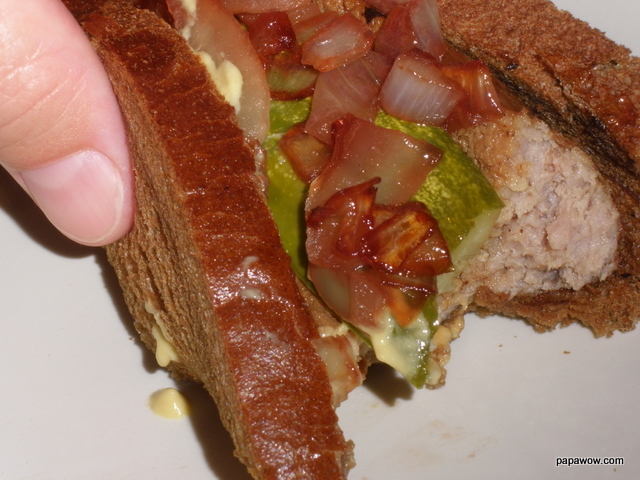
I grew up in Long Beach California, and like every town in America, there's one bar that everyone, and I mean EVERYONE knows. Enter Joe Jost's - the place is an icon, practically representing the fair City of Long Beach in all corners of the earth. You could be at a secondary school rugby match in Fiji and see some guy wearing a Joe Jost's T-shirt.
It's been around since the early 1920's and if you're not up on American history, that means it survived prohibition. (By the way, the only good thing that came of Prohibition was women's suffrage, but that's another post). Joe Jost's has survived 80+ years by sticking to the basics and doing them well.
They serve cold beer, very cold, 29 degrees cold. That's below freezing for you literary types and they serve it in giant frozen 15 ounce glasses called Schooners. The sheer mass of the Schooner keeps your beer cool drastically longer than a standard pint glass, and while they stay cool, they look a heck of a lot cooler too.
Besides cold beer, there's root beer, peanuts, pickled eggs, and five different kinds of sandwiches: cheese, liverwurst, hot dogs, a salami sandwich, and Joe's Special.
Joe's Special is it. While I'm sure the other sandwiches are good, the Special is the only sandwich anyone in my company has ever ordered. In their own words, a Special is, "A Polish Sausage made from our family’s own blend of spices, slice of Swiss cheese and pickle, mustard on rye bread."
With a Schooner in one hand and Joe's Special in the other, life can be pretty grand. Recently we recreated them in our own home, and while I omitted the Swiss cheese, I added an onion relish. You could do them together, the combination of flavors will be delicious. Try this at home:
Joe's Special (printable recipe)
- 1 Polish sausage, grilled and split lengthwise
- 1 slice of Rye bread
- 1 dill pickle spear
- 1 healthy slathering of Dijon mustard, about a tablespoon
- 1 slice of Swiss cheese
For the onion relish:
- 1/2 yellow onion, diced
- 1/4 cup red wine vinegar
- 1 teaspoon sugar
- 1 tablespoon water
Put all of the ingredients for the onion relish in a pan over medium heat. Cook until the onions soften and the liquids reduce, about 12 minutes.
Put the cheese on the piece of bread. Place the Polish sausage into the slice of rye and configure the dill pickle spear to fit like a key inside of the split in the sausage. Add a slouge of mustard, a table spoon of onion relish, and fold together like a taco.
Wrap up in a paper towel or parchment paper. Try not to drool in your beer.
Making a "Joe's Special" from Papawow on Vimeo.

